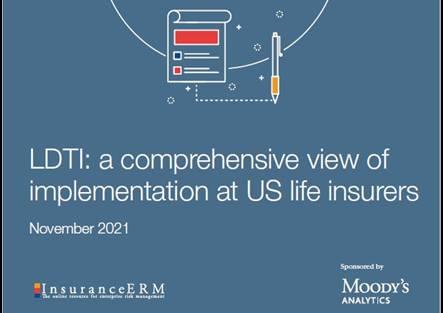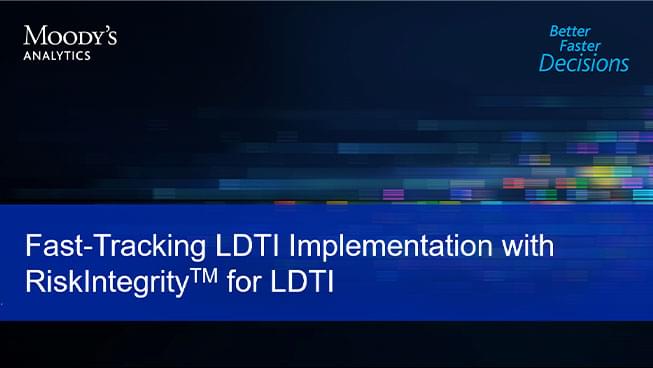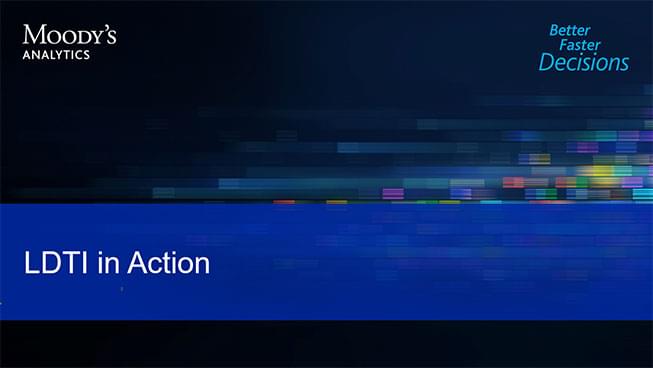The RiskIntegrity for LDTI solution integrates with your existing infrastructure to connect data, models, systems, and processes between actuarial and accounting functions.
Learn more about Moody's Analytics modern and scalable LDTI solution.
Integrate seamlessly those software components needed to fulfil your individual requirements and save on your upfront technology and modeling investments.
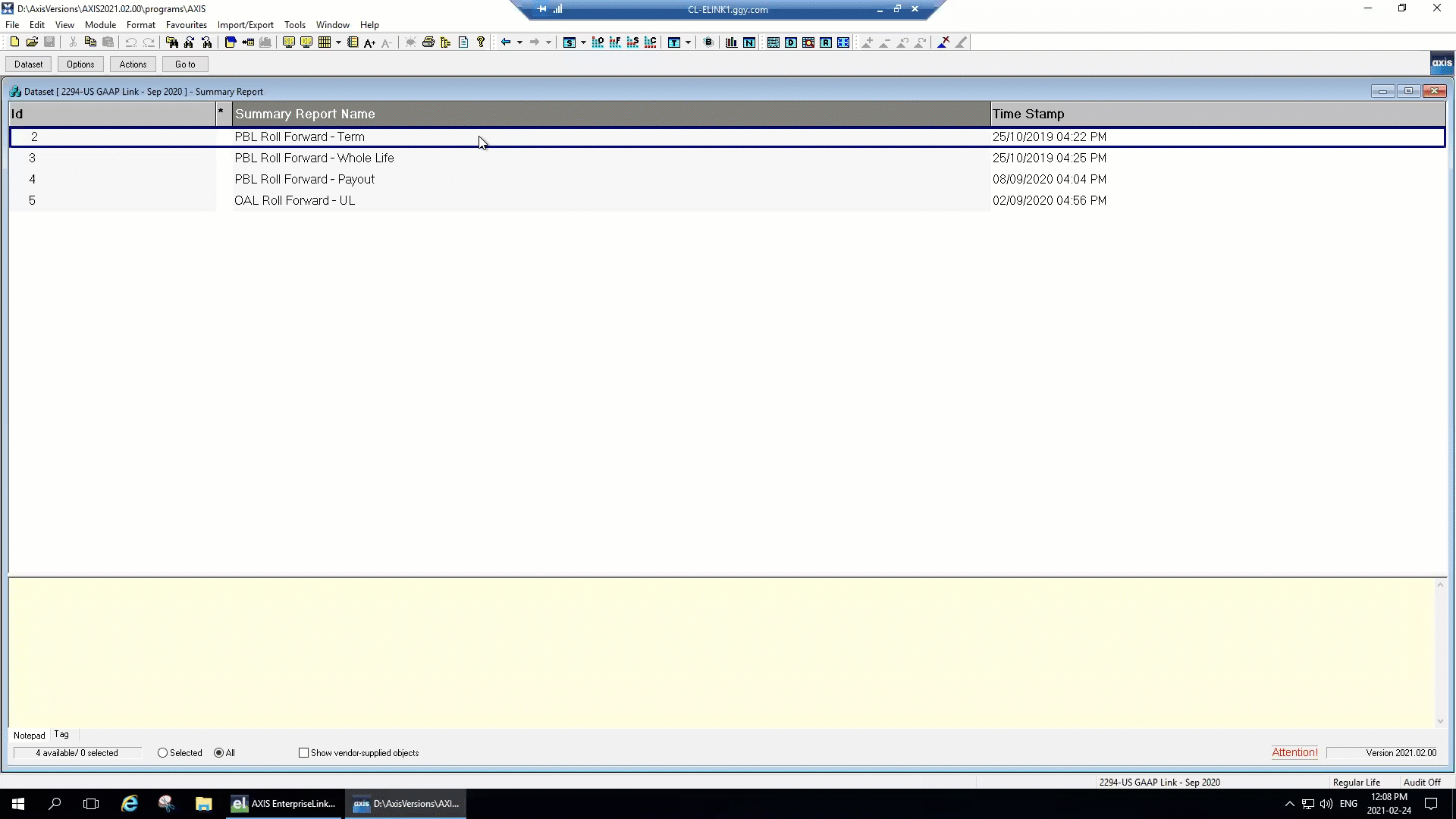
AXIS™
The AXIS actuarial system provides flexibility to deploy large-scale computing power through an advanced cloud-based delivery platform or installed software.Learn More
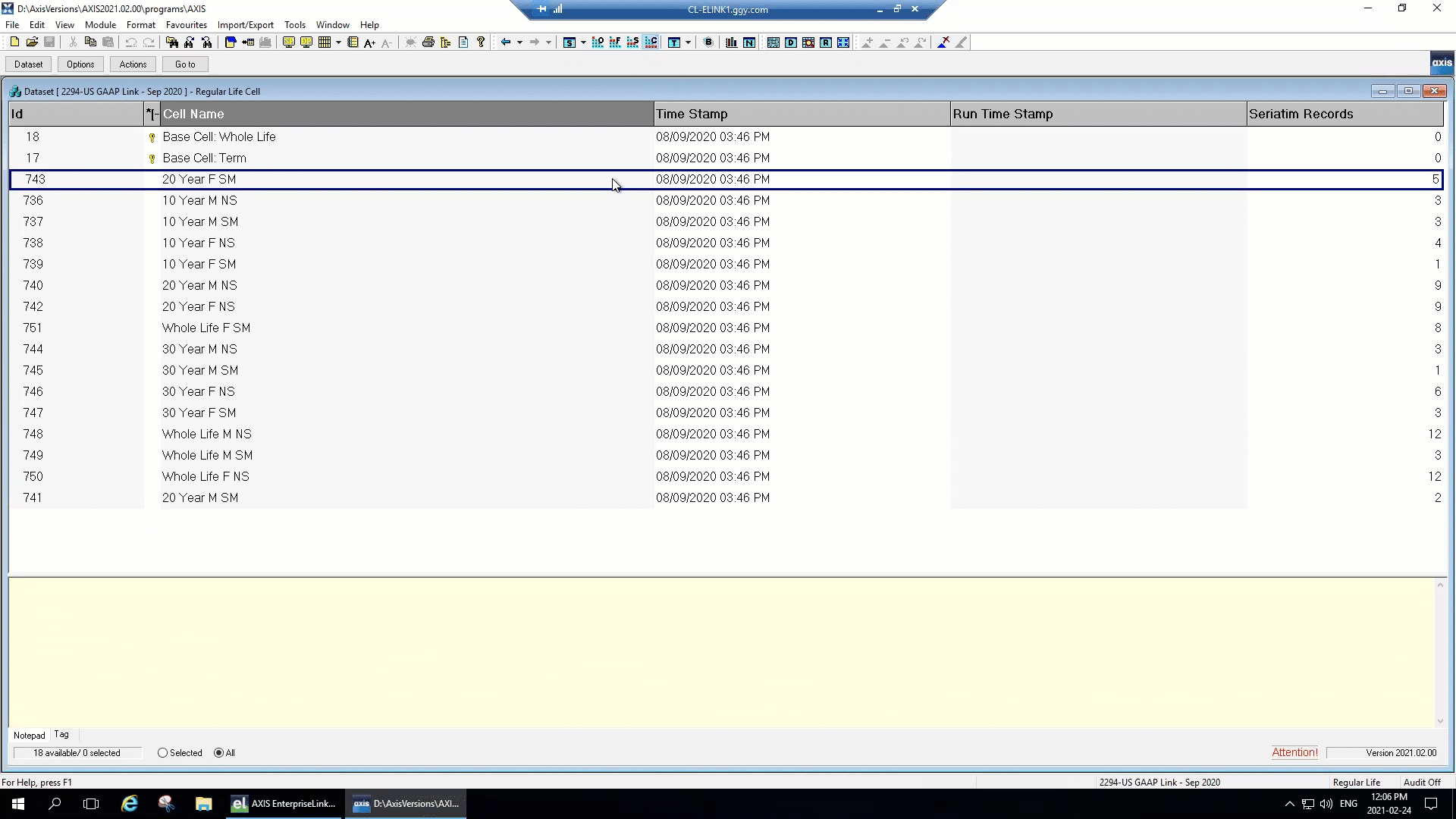
AXIS US GAAP LDTI Link module
The AXIS actuarial system, including the new AXIS US GAAP Link module, delivers improved enterprise-level control, auditability, scalability, reporting flexibility, and end-to-end automation as demanded by the new US GAAP standards, as well as other new frameworks.Learn More
Whilst the unit of account under LDTI is the cohort, many insurers require analysis and posting at subcohort level.
This presents some challenges. How do you deal with the fact that the sum of the subcohorts are not always equal to the results calculated at the cohort level? How do you treat the capping of the net premium ratio to 100%, and the flooring of the reserve to zero, at the subcohort level?
Watch this series of videos to understand how we can help with these challenges by;
- Showing the difference between cohort and subcohort results.
- Enforcing additivity of subcohorts by applying the cohort level K-Factor (meaning that the sum of the subcohorts is equal to the results calculated at the cohort level).
- Avoiding inconsistent results by suppressing the cap/floor at subcohort level.
- Managing extreme results by changing the subcohort cap/floor behavior, depending on cohort level cap/floor results.
- The changes from Financial Accounting Standards Board (FASB) Update (ASU) 2018-12, also known as Targeted Improvements for Long-Duration Contracts (LDTI), are significant and introduces new reporting complexities.
Moody’s Analytics RiskIntegrity™ for LDTI solution helps insurance companies address the updated FASB requirements for long-duration insurance contracts and helps insurers make the transition to the new standard. Additionally, it helps insurers kick-start their actuarial and accounting modernization efforts as they prepare for LDTI with a modular, end-to-end solution that improves the record-to-reporting process.
ASU 2018-12 will require:
-
- Changes to systems, processes, and data
- More integration of Finance and Actuarial teams
-
To help understand the challenges US life insurers face in implementing LDTI, InsuranceERM spoke to five firms – National Western Life Insurance, Global Atlantic, Cigna, Unum Group and Pacific Life – to gain insights into the process. In this report, sponsored by Moody’s Analytics, we look at the implementation status and the obstacles firms might face as they move towards the LDTI deadline, including specific issues around volatility, communication and finance system modernization.
-
Accounting policy decisions: Before implementing the standard, insurers must understand it and make important decisions about how the standard applies to their business. For example, how should deferred acquisition costs (DAC) be amortized? What level of aggregation will be used in developing cohort groupings? Decisions such as these will drive the implementation approach that follows.
-
Assumption management: Under LDTI, actuarial assumptions must be monitored closely and updated at least annually. A process must be in place to make sure that assumption updates are made accurately and on time, and as part of a strong governance framework.
Experience studies: Firms must consider whether efforts are undertaken to formalize experience studies and how that workstream should be integrated into their valuation process.
-
Model input: Calculations for the liability for future policy benefit (LFPB) and several other actuarial balances require historical unlocking of actuarial assumptions by incorporating actual past cash flows. While this concept is familiar to many insurers that currently perform retrospective estimated gross profit (EGP) unlocking, many firms are taking the opportunity to re-engineer existing processes related to data collection and management.
Model output: Insurers must have suitable storage and analysis tools that enable actuaries and accountants to work side by side to better understand actuarial model output, from both an accounting and analytical perspective.
-
Roll forwards: To produce the roll forwards, insurers must produce many cash flow projections (perhaps 5 or 6 in the case of the LFPB, and 10 or more sets of stochastic projections for a Market Risk Benefit). An automated process must be in place to produce those runs. The results of the runs are then used to produce the accounting entries, and formal roll forward disclosures.
While some insurers might already be producing some form of roll forward disclosures under existing GAAP, the complexity of the process has the potential to be much greater under LDTI. Insurers must streamline and automate the process, and consider whether a dedicated subledger provides the most logical framework for producing the required disclosures.
Consideration of the level of detail to incorporate in the general ledger: At one extreme, firms might prefer to encapsulate the complexities of LDTI measurement in a subledger solution, and only feed aggregated results into the general ledger (GL), thin ledger approach. This keeps the burden of LDTI on the GL low, but implies that the production of LDTI disclosures must come from the subledger solution and analysis on the GL level remains limited. At the other extreme, firms might want to enrich their GL with the granularity required for LDTI, thick GL approach.
Firms may need to reconsider their approach to how they post the difference between statutory reserves and GAAP reserves in their GL, given that GAAP reserves are now subject to a different roll forward analysis.
-
Right tools for reporting: Targeted improvements are intended to bring transparency to the financial reporting process, and insurers must have the proper tools to take advantage of it. For example, an insurer should perform its roll forwards at the appropriate level of disaggregation necessary to understand the movement of its actuarial balances period to period. In addition, an insurer should have a facility where both actuaries and accountants can analyze results and use those to drive management decisions.
-
For traditional products, separate rollforward of:
- The present value of gross premiums
- The present value of net premiums, both at a capped (keeping the net premium ratio below 100%) and an uncapped basis
- Evolution of the immediate charge and the uncapped net premium ratio across every step
- Comprehensive disclosure on all cohorts with an immediate charge
- Comprehensive analysis of actual versus expected, split across current and future service
- Flooring impact (where the reserve cannot be less than zero)
For limited pay products, separate rollforward of:
- The deferred profit liability, showing the DPL premium ratio
For UL/Annuity products, separate rollforward of:
- Policyholder account balances
- Separate account liabilities
- Market risk benefits
- Other additional liabilities
- Sales inducements
- Unearned revenue liabilities
- Terminal dividend liabilities
- Value of Business Acquired
For all product types, separate rollforward of:
- Cost of Reinsurance
- Deferred acquisition costs
-
Separate production of cohort and subcohort level results, including side by side reporting, allowing for intuitive gap analysis. Generation of “Residue” proxy subcohort which captures any differences between cohort and subcohort level results. Consequently, subcohort results are always additive, allowing subcohort level postings which are still compliant with the standard. There is also an option to turn off the impact of capping the net premium ratio (to 100%) and flooring the reserve (to zero) at subcohort level. As a result, any capping or flooring impact is deferred to the cohort level only in the “Residue” proxy subcohort calculation.
-
Cover all disclosures, as required by ASC 944-40-50-6 and other ASC 944 paragraphs.


